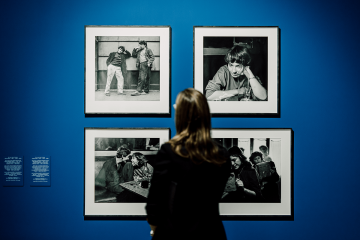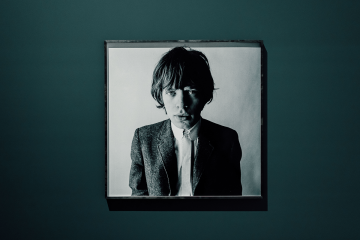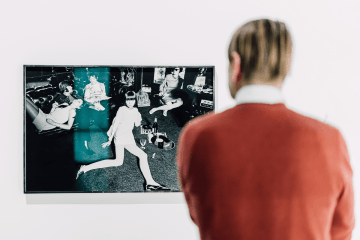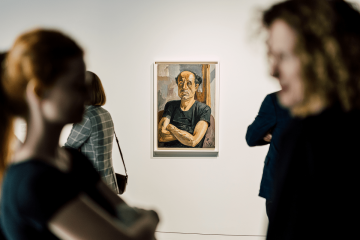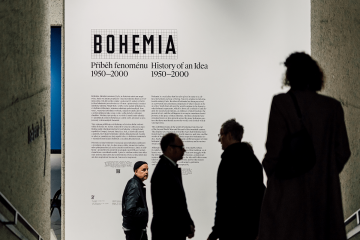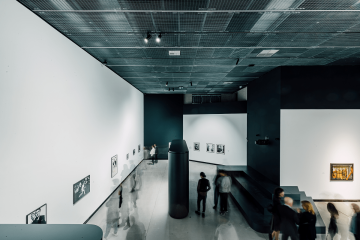Kunsthalle Praha explores the idea of bohemian life
From post-war Paris and New York, through swinging London, to the free spirits of Tehran and Beijing. Kunsthalle presents the international, cross-disciplinary, thematic exhibition "Bohemia: History of an Idea, 1950–2000", guest-curated by Los Angeles-based writer and curator Russell Ferguson. The show will be displayed from March 23 to October 16, 2023.
-
Bohemia brings together artworks by thirty-seven artists, among them personalities as diverse as Alice Neel, Wolfgang Tillmans, Nan Goldin, Libuše Jarcovjáková, Bijan Saffari, Martin Wong, Stan Douglas, David Wojnarowicz, Roy Arden, and many others. Some of these artists will be shown alongside each other for the first time, and most of them have rarely had their work exhibited in the Czech Republic.
-
Spanning the 1950s to the 2000s, the exhibition features work in various media, with a predominance of photography, video, and painting. The kaleidoscopic experience ends with the turn of the century, when bohemia – still a worldwide phenomenon – begins to lose its momentum as a result of fast-paced societal changes.
From its origins in mid nineteenth-century Paris, the idea of bohemia has been a powerful component of what it means to be an artist. Bohemia, a real place, has thus given its name to a cultural movement and a way of living. Its values have always centred around a commitment to art in all its forms, an embrace of total freedom, a hostility toward work and conventional ambition, and a willingness to accept poverty.
“One inescapable characteristic of bohemia is that it is largely a phenomenon formed in reaction to bourgeois society. An established middle class must exist before its values can be rejected. And while artists had often had a reputation for living outside societal norms, it was in mid-nineteenth-century Paris that the bohemian way of life was first codified and romanticized,” explains curator Russell Ferguson.
Bohemian culture & world
For more than one hundred years, Paris remained the global centre of bohemian life. This exhibition conveys new insights into the notion of bohemia as it developed from the end of World War II to the end of the twentieth century, across multiple places, including Paris, New York, London, San Francisco, Vancouver, Tehran, Zagreb, Prague, and Beijing.
Apart from chronologically examining some of bohemia’s most emblematic scenes, it also looks at both the differences and the continuities that mark various manifestations of the movement, taking visitors on a journey through centres of bohemian life and communities of people who choose to live outside of mainstream values, creating their own artistic subcultures. The exhibition is curated around thematic ideas of what bohemia has meant over time, with each section representing one decade from the latter half of the twentieth century and a key city that showed a unique aspect of international bohemian culture.
“The lineage of Parisian bohemia, which continued until the 1940s through the Impressionist, Cubist, Dada, and Surrealist movements, is well documented and the subject of numerous exhibitions and publications. Kunsthalle Praha’s newest project looks into bohemian manifestations after World War II, not only in Europe but also across other continents,” adds Christelle Havranek, Chief Curator of Kunsthalle Praha.
© Filip Kopecký
Presented as the exhibition’s starting point, the post-war French capital, buzzing with cafés and bars, is portrayed, among other works, by photographs from Ed van der Elsken’s series Love on the Left Bank. Paris’ prominence is eventually usurped by its transoceanic rival, with New York commencing a long reign as the capital of bohemian culture; key works which trace this period in the exhibition include Robert Frank and Alfred Leslie’s short film Pull My Daisy (1959) and portraits by the radical painter Alice Neel. The exhibition then moves through swinging 1960s London, where bohemians embraced fashion and celebrity, featuring work by Richard Hamilton and Ken Russell.
With the rising prominence of the hippie movement, bohemia’s heart then settles in drug-fuelled 1960s San Francisco, with visitors having the opportunity to see William Gedney’s photographs of the Haight-Ashbury district and Bill Owens’ photographs of the Altamont Festival. The show subsequently travels back to New York again, this time in the 1970s, when many classic bohemian tropes were re-invented in a city then thought to be in terminal decline, embracing its dirt and danger, as illustrated by Nan Goldin’s slide show piece The Ballad of Sexual Dependency (1979) and Neville D’Almeida and Heilio Oiticica’s installation CC5 Hendrix-War / Cosmococa Programa-in-Progress (1973).
Prague of the 80s
After the 1970s, the idea of bohemia no longer seemed to need a capital city, and we can see it emerge in various forms adopted in Tehran (with Bijan Saffari’s elegant pencil sketches), Vancouver (with Roy Arden’s photographs), Zagreb (with the performative actions and photos of Tomislav Gotovac), and Prague. Czech bohemia is expressed through the photographs of Libuše Jarcovjáková, a pioneer in documenting the ostracized LGBT scene of communist Czechoslovakia during the 1980s. Reaching turn-of-the-century melancholy, the exhibition concludes with works from Mexico City, by Gabriel Orozco, and from London, by Wolfgang Tillmans, which nevertheless still evoke the hedonism and bars of mid-century Paris, where it all began.
With international loans from museums including the Bronx Museum of the Arts, the Art Institute of Chicago, the Museum of Fine Arts in Houston, the Jewish Museum in New York City, the M+ Sigg Collection, the Walker Art Center, and the J. Paul Getty Museum, as well as from private collections and galleries such as the Marian Goodman Gallery, the Pace Gallery, and David Zwirner, the exhibition comprises seventy-seven artworks in total.
The show is extended by a book of the same name, written by Russell Ferguson and internationally distributed by Hatje Cantz. In chapters such as Always Be Drunk, Pop Goes the Easel, and Broadway Looked So Medieval, the author further explores nonconformist ways of artistic life which still spark fascination.
© Jan Malý
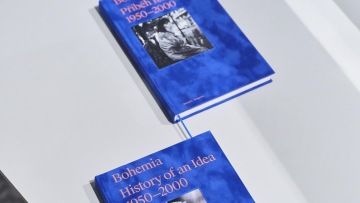
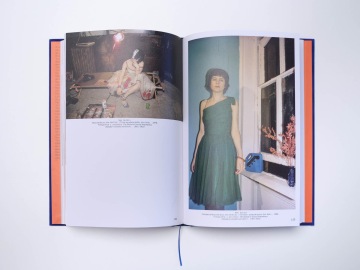
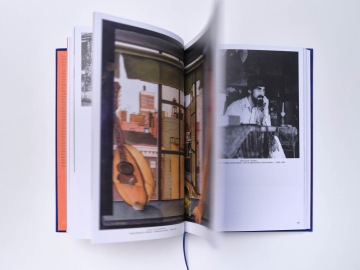
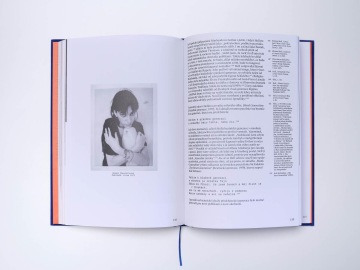
© Vojtěch Veškrna
